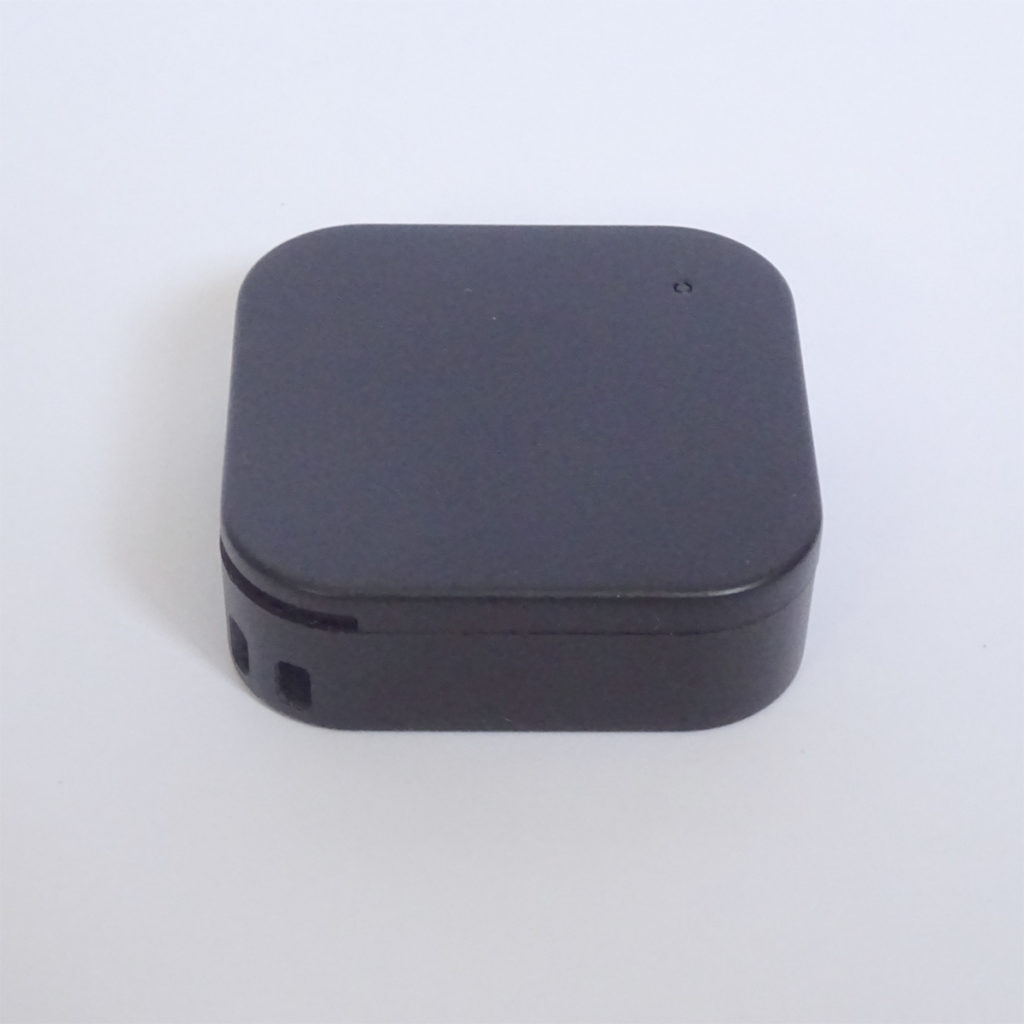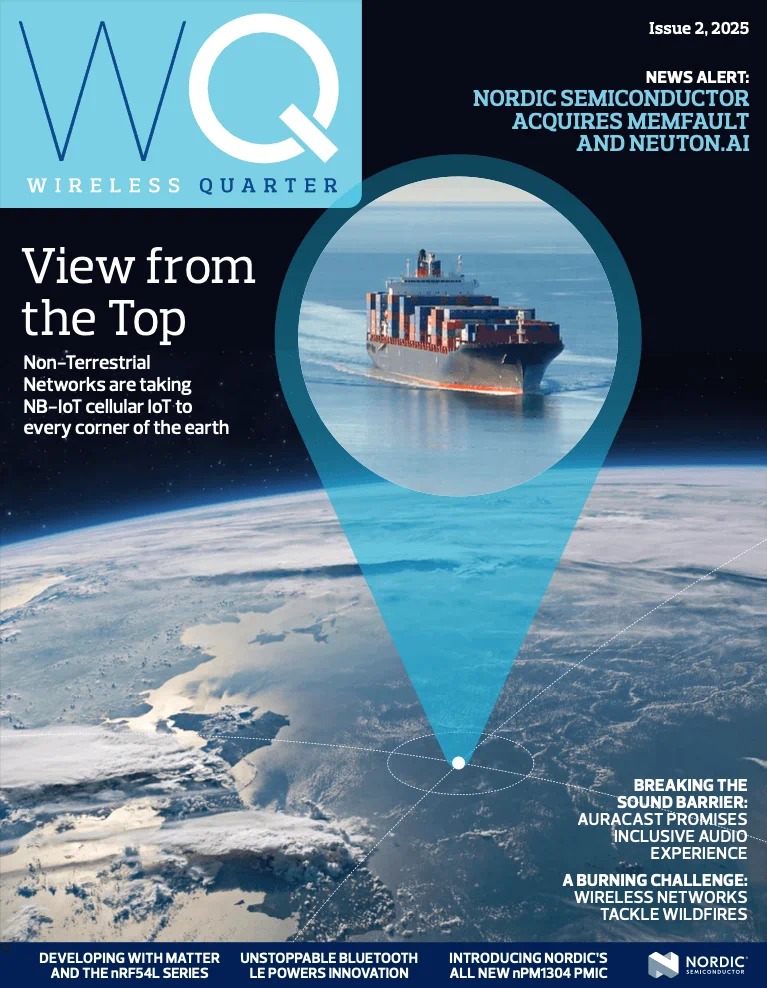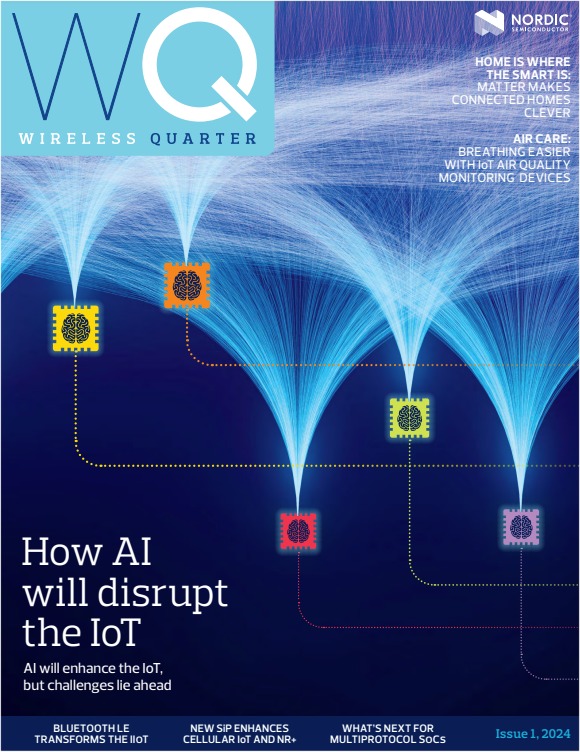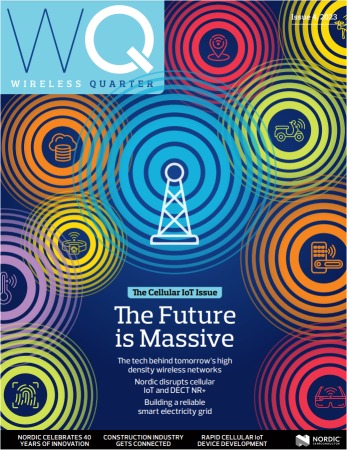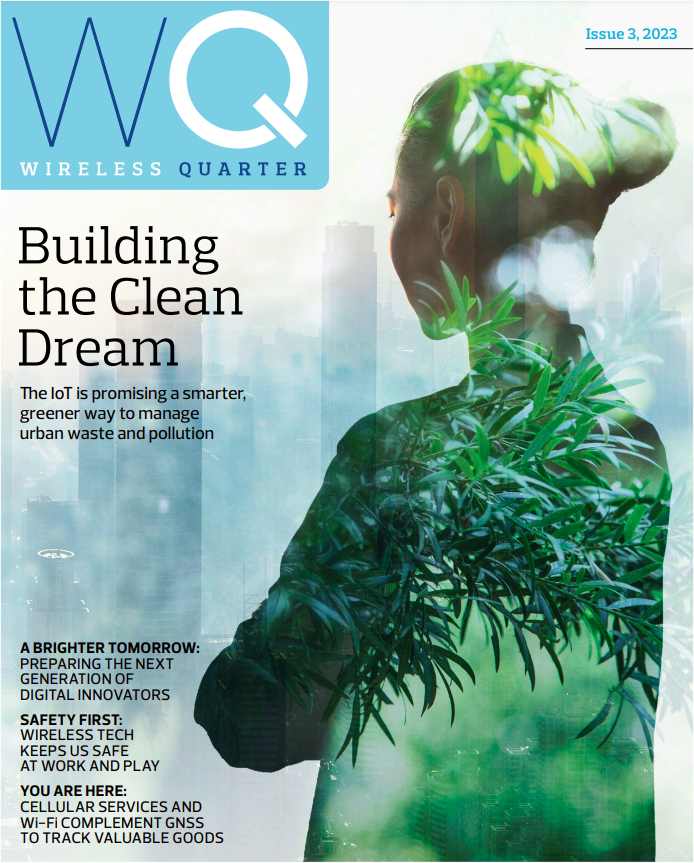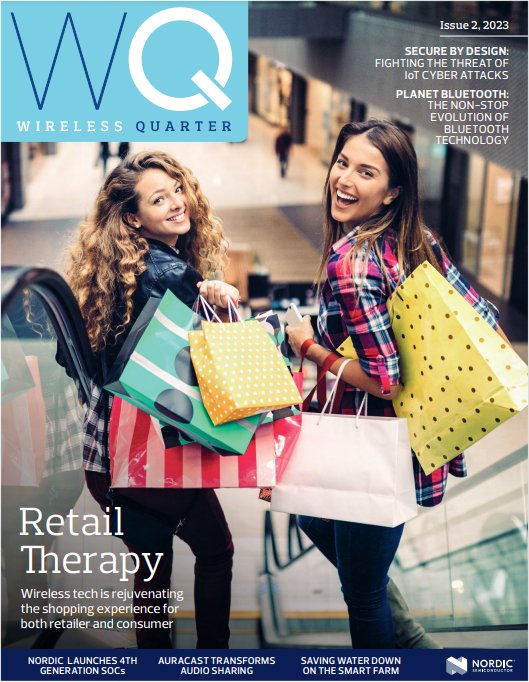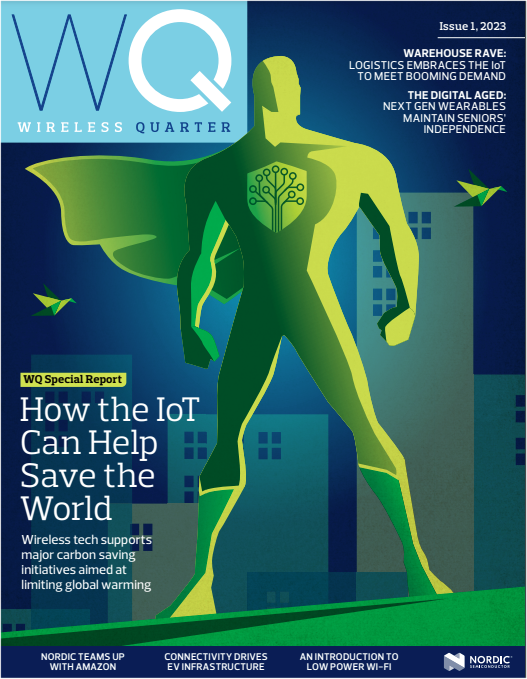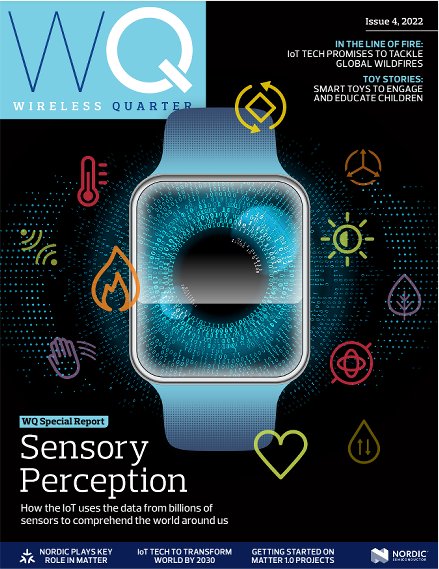We get asked a lot which beacons are the most compatible. All beacons, whether iBeacon or Eddystone, are compatible with iOS and Android. There are a few ‘tracker’ type Bluetooth devices around that don’t transmit the right Bluetooth header and can’t be seen on iOS but we don’t sell those.
Almost all beacons are slight derivations of a few standard circuit designs and firmware provided by Texas Instruments, Dialog and Nordic who produce the System On a Chip (SoC) inside beacons. Hence, they all transmit to Bluetooth standards.
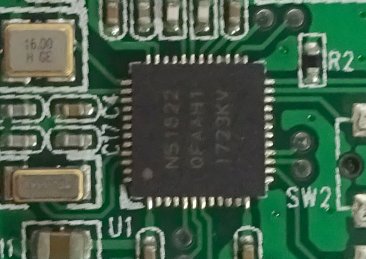
The main factor that can vary between beacons is the antenna and PCB layout, which can result in different radiation patterns. This does not affect the ability to detect a beacon, but it does influence the signal strength and stability, which in turn can affect range.
Beacons generally do not differ in terms of compatibility. The main differences are physical characteristics such as battery size and waterproofing, which are listed as categories on the left-hand side of our store.
A common misconception is that problems arise from beacon compatibility, when in fact they are more often related to phone compatibility. Over time, we have found that around five per cent of customers experience issues connecting the manufacturer’s configuration app to beacons, more so on Android devices. To clarify, this only applies when apps need to connect to a beacon in order to change its settings, not when simply scanning for beacons. For most end users, once a beacon is set up, this does not present a problem.
In short, Bluetooth standards ensure that all beacons can be detected by all phones, so compatibility is not an issue. The problems we have encountered have been linked to smartphones rather than the beacons themselves and we have never had a beacon returned to us on the grounds of incompatibility.
